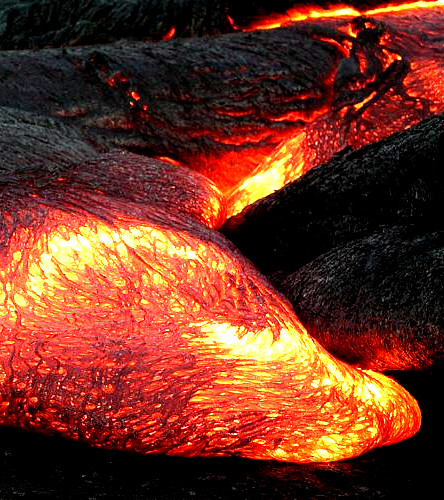New details on Earth's heartbeat
 Australian researchers have uncovered new details on the major magmatic pulses beneath the planet’s surface – known as the Earth’s heartbeat.
Australian researchers have uncovered new details on the major magmatic pulses beneath the planet’s surface – known as the Earth’s heartbeat.
A new paper in Scientific Reports suggests that the formation of plutons, which are the crystallised remnants of magma chambers deep underground, has been occurring every 700 thousand years within the Hida Mountains of central Japan, meaning the next big pulse may already be happening.
Lead Curtin researcher Dr Christopher Spencer from the WA School of Mines at Curtin University said the research findings provide critical insights into understanding how volcanic systems are connected to pulses beneath the Earth’s surface.
“The Hida Mountain range in Japan contains the youngest exposed plutonic rocks on Earth and provided us with a unique opportunity to assess the different characteristics of the tempo of magmatism, or the movement of magma, deep in the Earth,” Dr Spencer said.
“Our ability to distinguish two closely-spaced magmatic pulses becomes much more difficult the longer we look back into history, but this discovery now allows us to investigate these instances that otherwise might have been left unanswered.”
Dr Spencer said Japan is an ideal location for this research because the magmatism seen in the Hida Mountains falls within a similar timescale as other volcanic systems around the world.
“It has been over 700 thousand years since the last major magmatic activity in the area and this work may indicate that more magmatism is forming deep in the Japanese crust at this very moment,” Dr Spencer said.
“By analysing the timing and speed of the magmatic pulses deep beneath the surface of the volcanoes, we are able to understand how these systems work from top to bottom.
“The more we know about the tempo of magma formation deep within the volcanoes, the better we can understand the nature of volcanic activity around the world.”
Co-author Dr Martin Danišík from the John de Laeter Centre at Curtin University said the research was significant, but was only beginning to scratch the surface of what these rocks might reveal.
“This new data provides key insights that set the stage for future research regarding how quickly these rocks subsequently made it to the surface,” Dr Danišík said.








 Print
Print